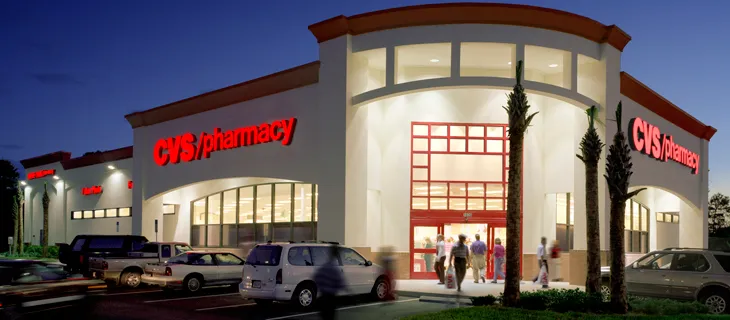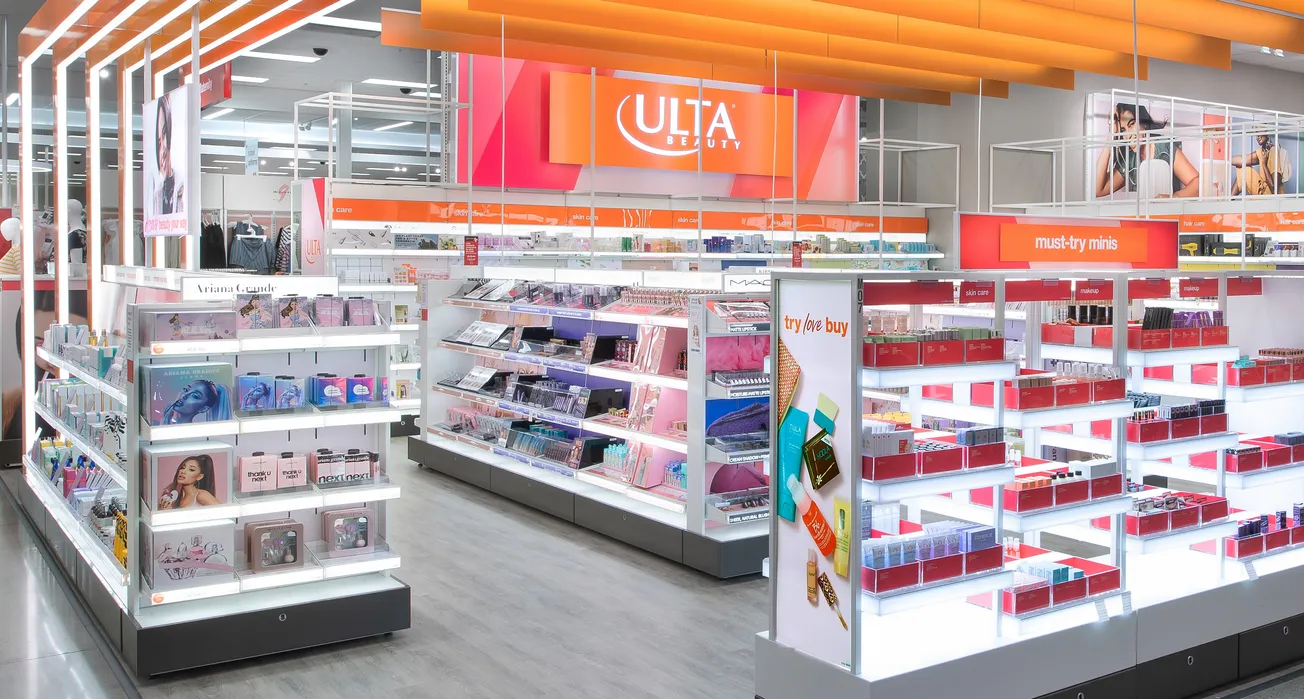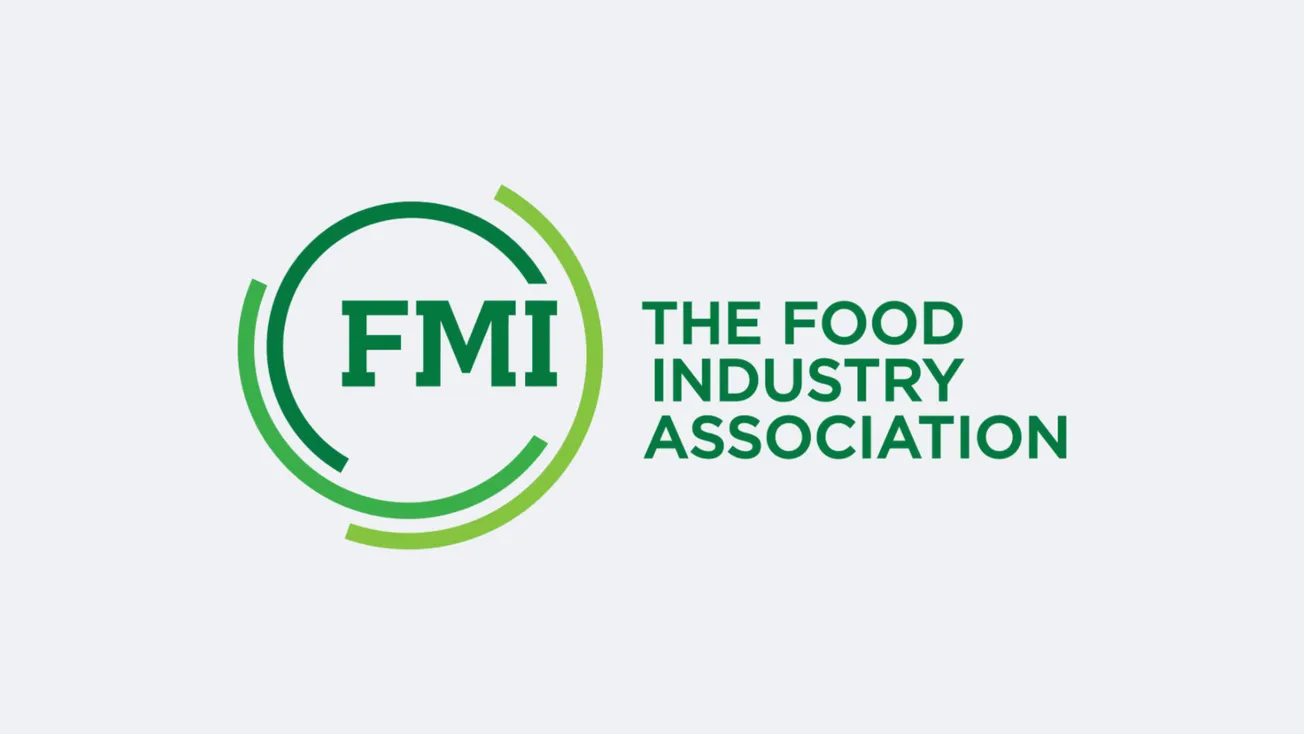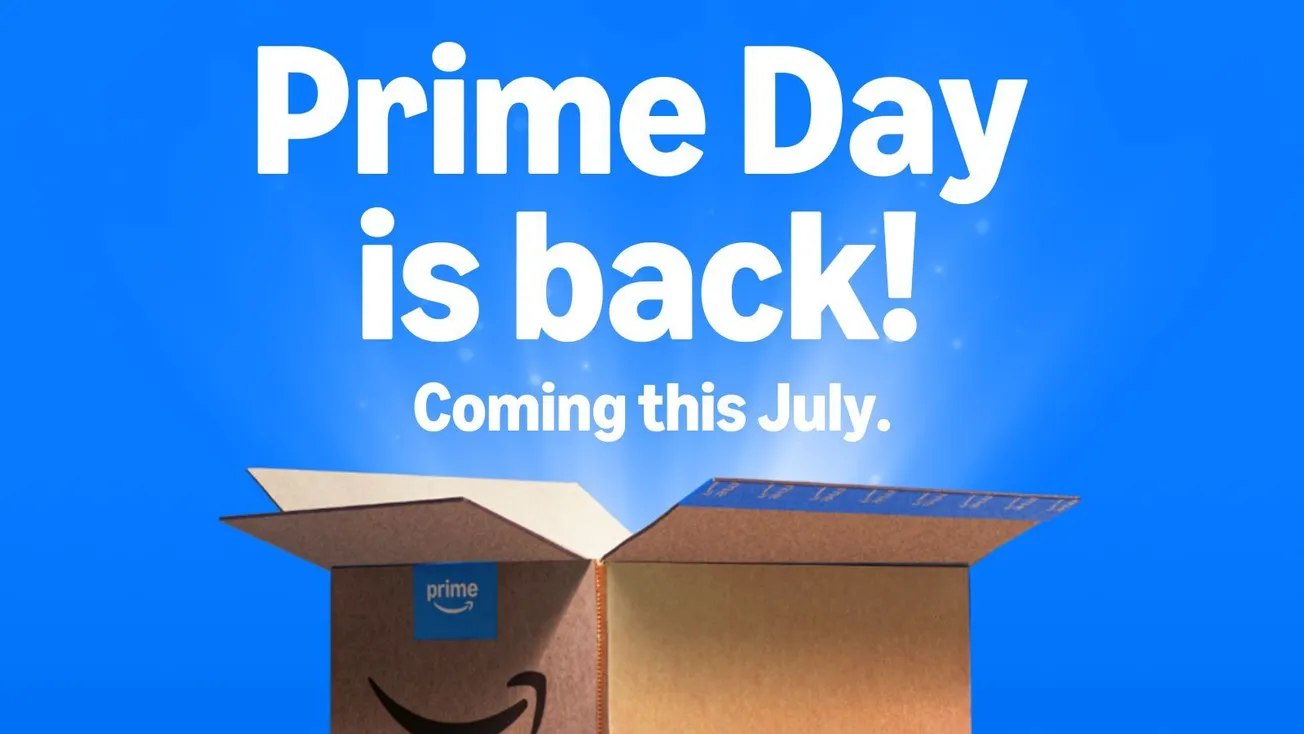WOONSOCKET, R.I. — Despite sales declines in its retail pharmacy business, CVS Health saw overall revenue rise and bested Wall Street’s earnings forecast for its fiscal 2017 third quarter.
CVS said Monday that for the third quarter ended Sept. 30, sales totaled $46.18 billion up 3.5% from $44.62 billion a year earlier.
CVS third-quarter sales in the retail pharmacy and long-term care segment fell 2.7% to $19.59 billion from $29.14 billion a year ago. CVS attributed the decrease mainly to a 3.2% decline in same-store sales, a rise in the generic drug dispensing rate and continued reimbursement pressure.
In the front end, same-store sales were down 2.8% in the quarter, reflecting lower customer traffic and efforts to rationalize promotional strategies, partially offset by growth in basket size, according to CVS.
Comparable pharmacy sales dropped 3.4% and were negatively impacted by 435 basis points from introductions of new generic drugs. CVS said that, on a 30-day equivalent basis, same-store prescription volumes edged up 0.3%, and restricted networks that exclude CVS Pharmacy had a negative impact of 420 basis points on comparable prescription volumes.
Meanwhile, the pharmacy services segment saw revenue climb 8.1% to $32.9 billion in the third quarter from $30.43 billion in prior-year period. CVS said the gain reflects growth in pharmacy network claim volume, branded drug inflation and specialty pharmacy volume, partially offset by increased pricing pressure and generic dispensing.
Pharmacy network claims processed in the quarter rose 8.3% to 374.2 million on a 30-day equivalent basis, primarily due to an increase in net new business, CVS reported. On a 30-day equivalent basis, mail choice claims processed increased 6.1% to 66.9 million, mainly from continued adoption of the Maintenance Choice program and a rise in specialty pharmacy claims, the company said.
During the third quarter, the generic drug dispensing rate grew by 140 basis points to 87.2% in the retail/LTC segment and by 100 basis points to 87% in the pharmacy services segment, according to CVS.
Consolidated operating profit in the quarter fell 11.5% to $2.5 billion, mostly because of restricted networks excluding CVS Pharmacy, reimbursement pressure in the retail/LTC segment, price compression in the pharmacy services segment, and the timing of Medicare Part D profits between the third and fourth quarters of this year, CVS said.
The company noted that it incurred $55 million in expenses in the third quarter, mainly in the retail/LTC business, from the three major hurricanes that hit the southern U.S. and Puerto Rico, partially offset by lower acquisition-related integration costs of $59 million.
“The solid third quarter results we posted today keep us well on track to achieve our full-year targets. While operating profit in the Retail/LTC Segment was impacted by the devastating hurricanes, operating profit in the pharmacy services segment was in line with expectations,” CVS Health president and chief executive officer Larry Merlo said in a statement. “At the same time, we continued to deliver substantial free cash flow and return significant value to our shareholders through dividends and share repurchases.”
On the earnings side, third-quarter net income came in at $1.29 billion, or $1.26 per diluted share, compared with$1.54 billion, or $1.43 per diluted share, a year earlier. CVS said the decrease reflects a $325 million decline in operating profit and $187 million of losses on pension settlements, partially offset by the absence of a $101 million loss on early debt extinguishment in the year-ago period.
Adjusted earnings per share (EPS) in the quarter was $1.50 versus $1.64 in the 2016 quarter. Analysts, on average, had projected adjusted EPS of $1.49, with estimates ranging from a low of $1.47 to a high of $1.51, according to Thomson Reuters.
In the third quarter, the Company opened 56 new retail stores, closed five stores and relocated five stores. As of Sept. 30, the company operated 9,751 retail locations, including pharmacies in Target stores, in 49 states, the District of Columbia, Puerto Rico and Brazil. CVS added that, as previously announced, it expects to close a cumulative total of 70 retail stores for the year ending Dec. 31, with charges totaling about $220 million.
Looking ahead, CVS narrowed its earnings guidance and raised the midpoint of its projection for fiscal 2017. The company now forecasts diluted EPS from continuing operations (GAAP) of $4.98 to $5.02, compared with its previous outlook of $4.92 to $5.02.
Adjusted EPS for the year is projected at $5.87 to $5.91, including the charges due to the hurricanes, versus the earlier forecast of $5.83 to $5.93. Wall Street’s consensus estimate is for adjusted EPS of $5.88, with projections running from a low of $5.84 to a high of $5.92, according to Thomson Reuters.
For the fourth quarter, the company expects to deliver GAAP diluted EPS of $1.75 to $1.79 and adjusted EPS of $1.88 to $1.92. Analysts project fourth-quarter adjusted EPS at $1.91, with a range of $1.87 to $2.11.






